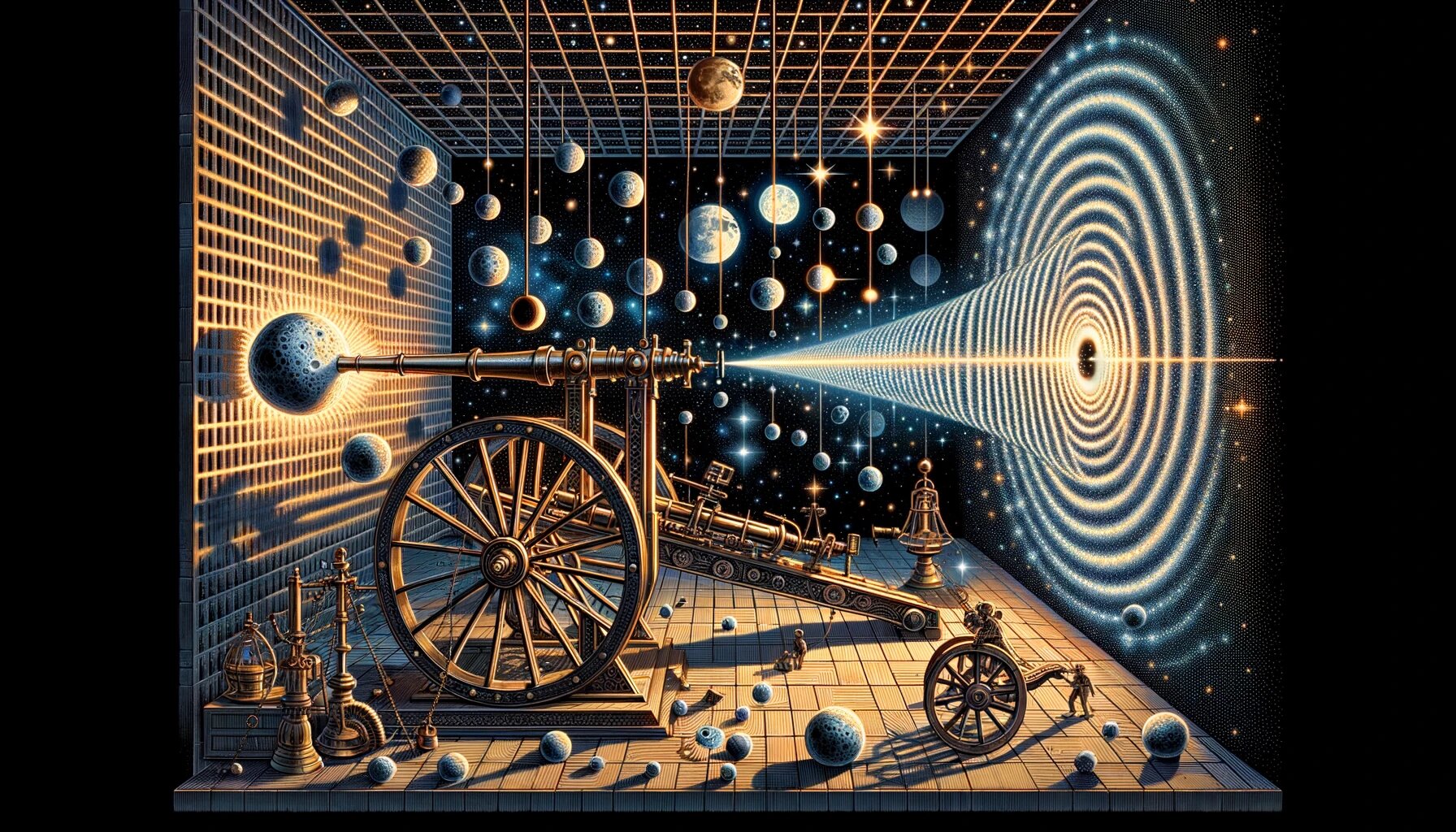Proposing the Elimination of Quantum Gravity: The Unconventional Approach of a Radical Physicist

The world of physics faces a division. The general theory of relativity, which captures the essence of gravity, is at odds with quantum physics. To bridge this divide, countless physicists have dedicated their careers to developing a theory of quantum gravity.
However, Jonathan Oppenheim, a physicist, proposes a dramatic divergence. He suggests that gravity might fundamentally be a classical concept, implying it might not have a quantum nature at all, which is considered highly unconventional in the field.
In Oppenheim words, who is affiliated with University College London, “When we started, maybe 99 percent of our colleagues thought we were crackpots and that’s now down to maybe 70 percent,”.
All known forces excluding gravity are constructed in the realms of quantum physics. The dominant theory is that gravity will have to conform to its quantum counterparts. Oppenheim, however, posits that gravity is distinct. Unlike other forces that progress within a framework of spacetime, gravity involves the distortion of spacetime itself. Thus, in Oppenheim's opinion, “it is pretty unclear that it should have a quantum nature.”
Several “no-go” theorems have been formulated by physicists which may prohibit a classical theory of gravity. These theorems point out conflicting arguments, seemingly lethal to the classical gravity theory, that arise when classical gravity is applied to quantum particles. Oppenheim suggests that these impediments might be negotiable by introducing some randomness into how spacetime bends in reaction to quantum particles. This is mentioned in a report released on December 4 in the Physical Review X.
Oppenheim's theory incorporates an element of randomness, resulting in a varying gravitational field for a particle rather than a fixed one. Hence, unlike in the conventional version of classical gravity, the gravitational field of a particle does not reveal which slit it traveled through. Particles can traverse the slits in a superposition, and the interference pattern is salvaged, reinstating the possibility of gravity being classical.
Oppenheim and his team suggest experiments that can test this theory by searching for evidence of these random gravitational fluctuations, as reported on December 4 in Nature Communications. According to study coauthor Zach Weller-Davies, who conducted the research at the Perimeter Institute for Theoretical Physics in Waterloo, Canada, “Essentially, you very precisely measure the response of a mass to a gravitational field.”
Vivishek Sudhir, a physicist from MIT, believes Oppenheim has been “leading a renaissance” in trying to reconcile classical gravity with quantum physics. Sudhir plans to validate the theory with a different variety of experiment, assessing the correlations between the motions of two masses that interact gravitationally. However, Sudhir acknowledges aspects of the theory that other physicists might find unsatisfying such as its irreversibility, meaning the absence of a method to trace back an interaction from its endpoint.
Despite this, several quantum gravity advocates believe the work holds value. Flaminia Giacomini of ETH Zurich states, “The reason why this work is interesting for me is not really because I would believe that gravity is classical.” Irrespective of whether gravity is determined to be classical or quantum, the result is intriguing. She claims that understanding the potential implementations of classical gravity is essential to substantiating the evidence that gravity is quantum. “Only in that way will we be able to prove in a strong way that gravity is not compatible with a classical description.”




